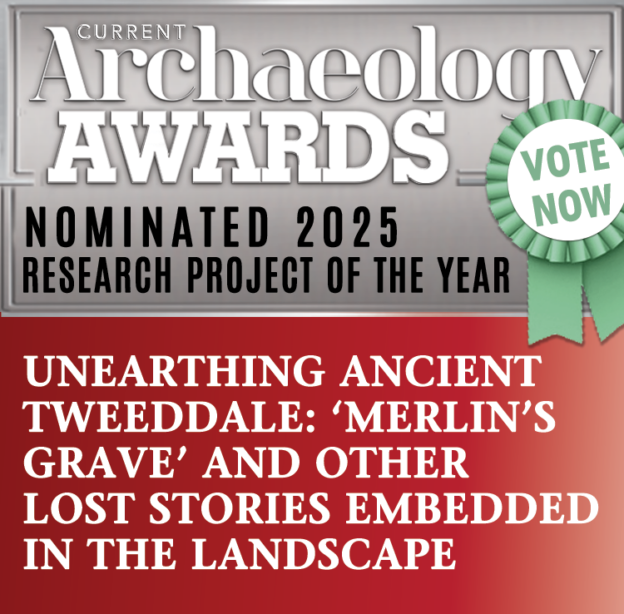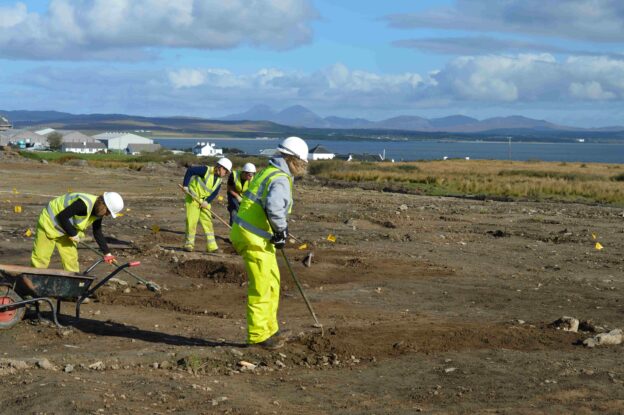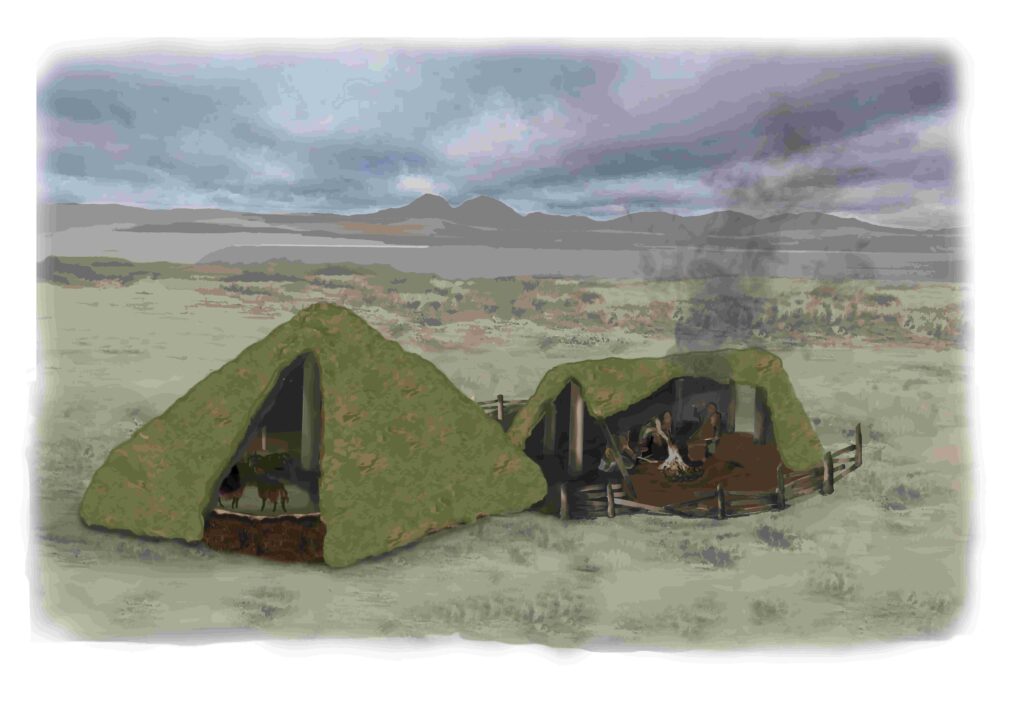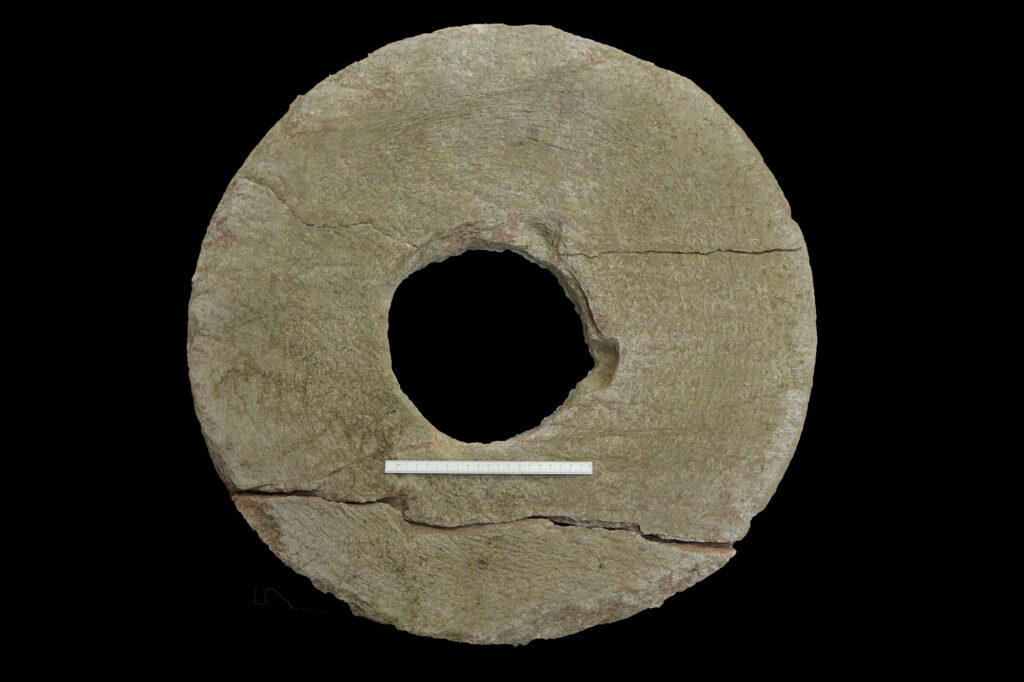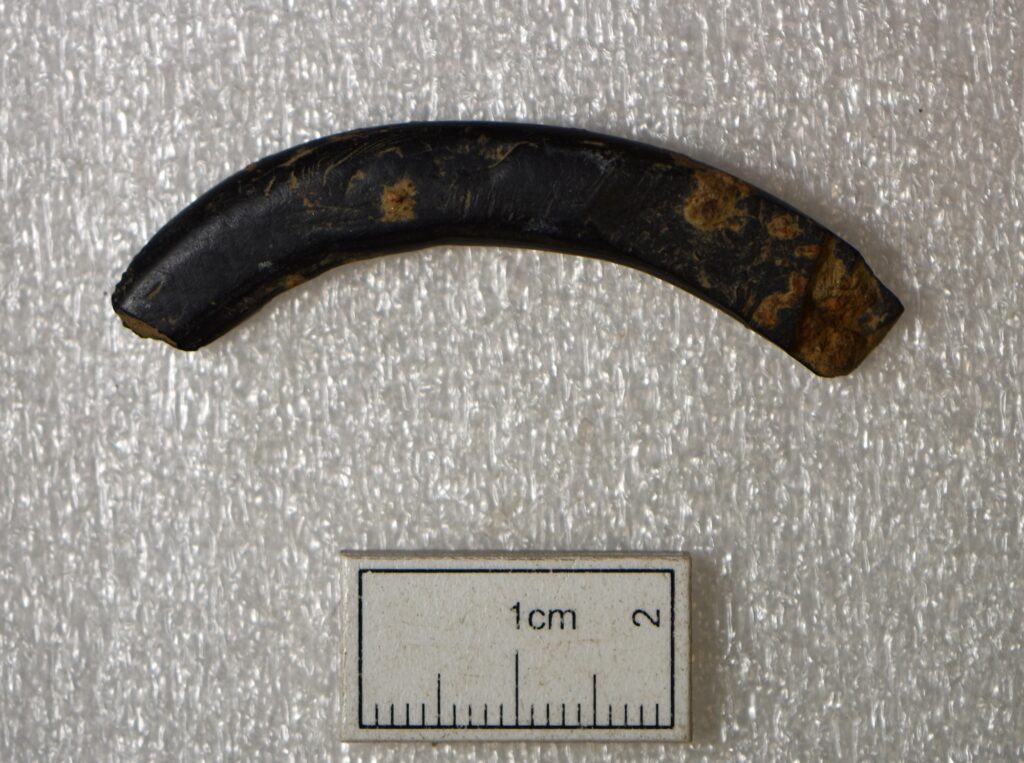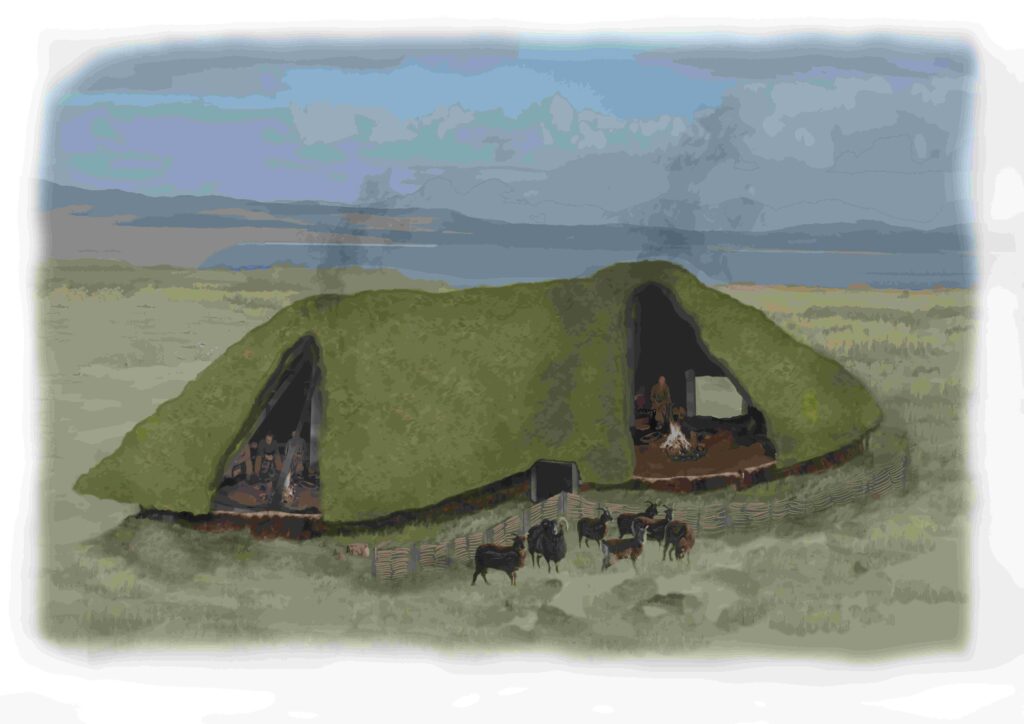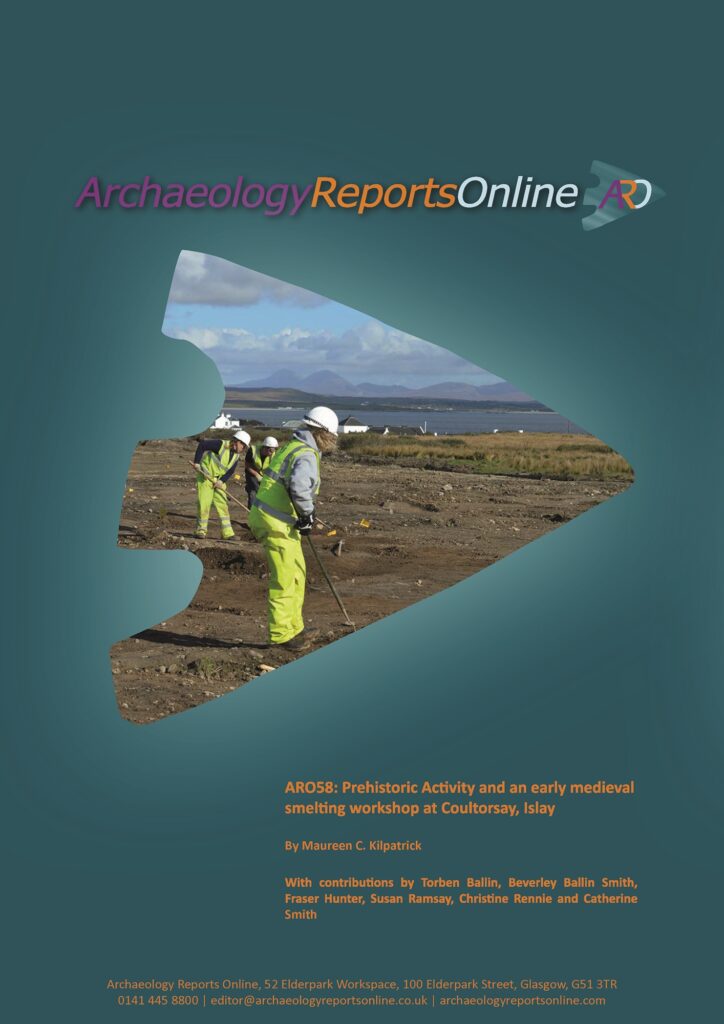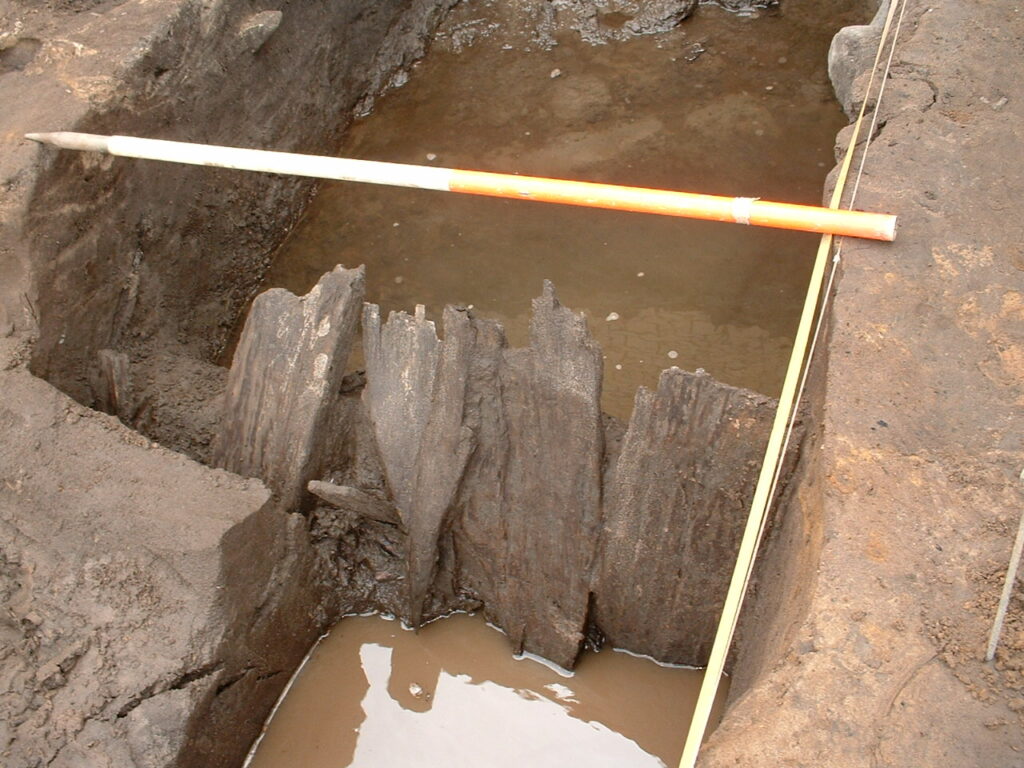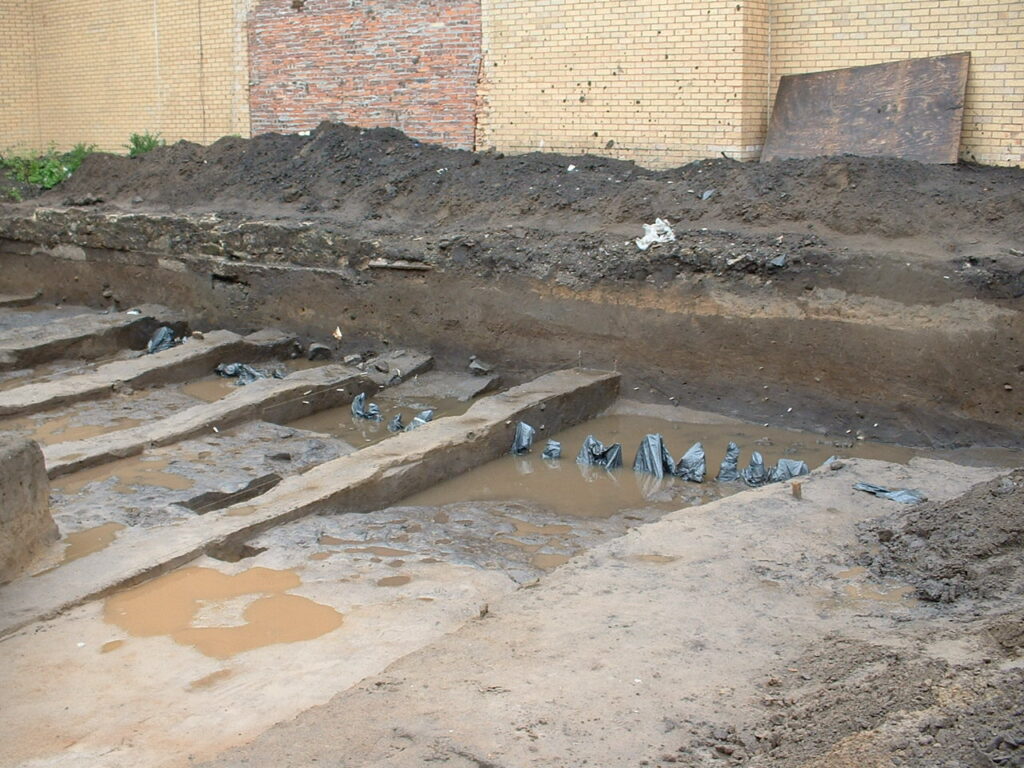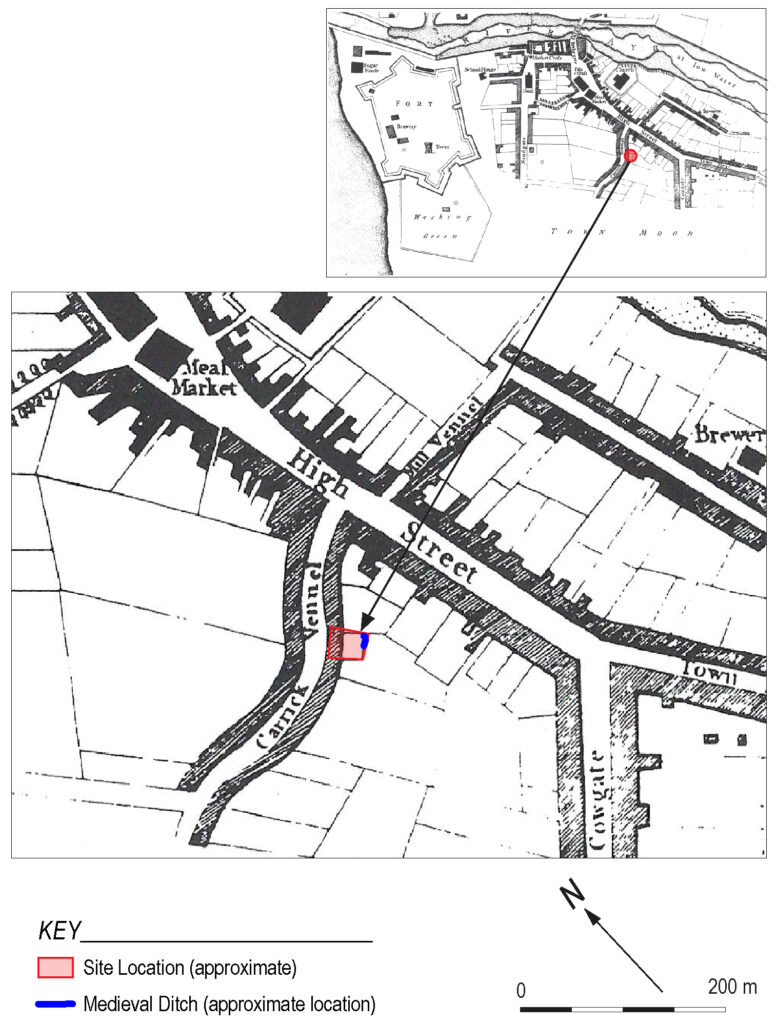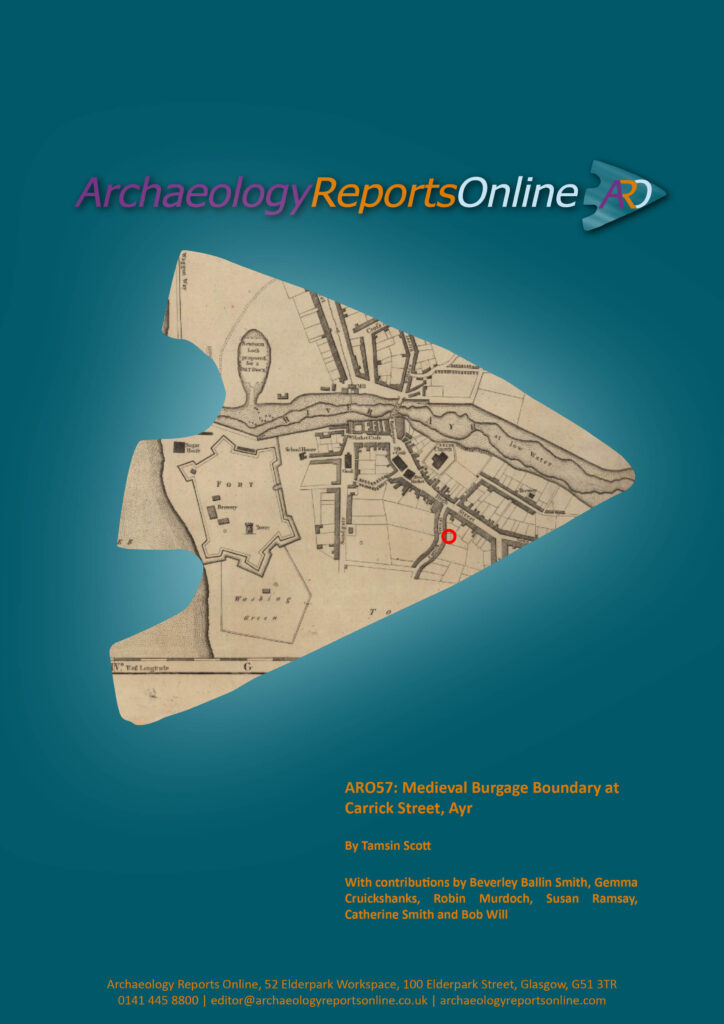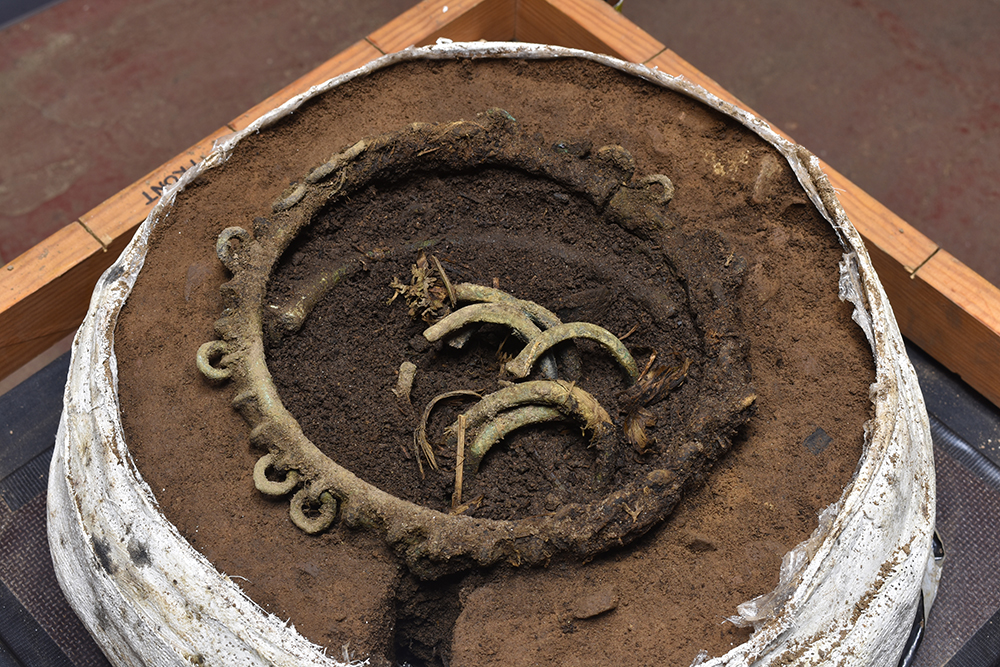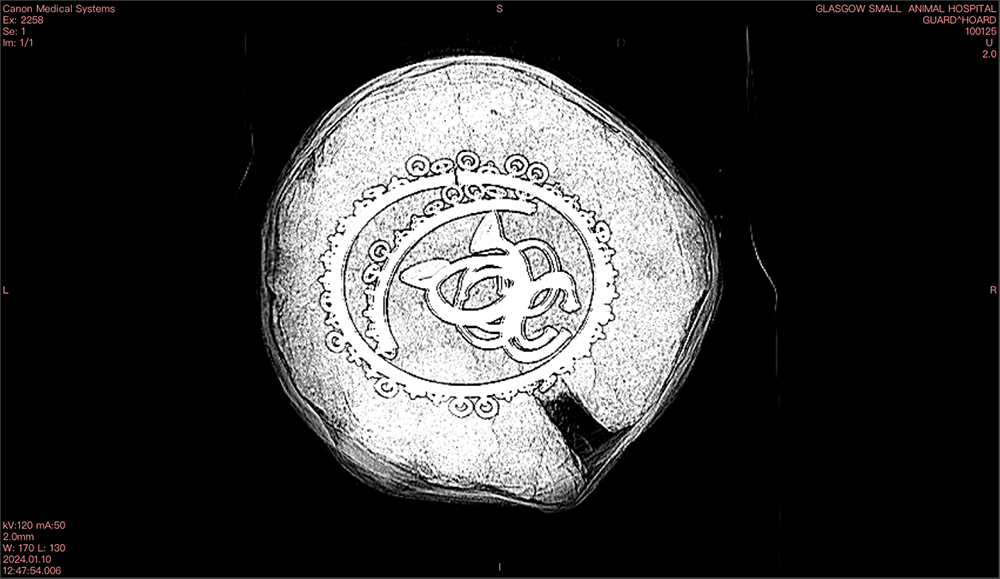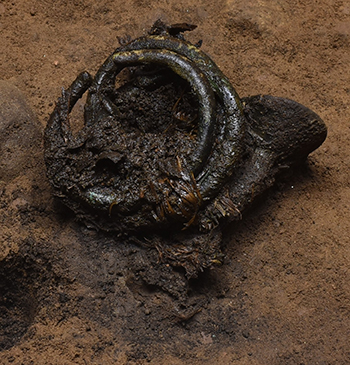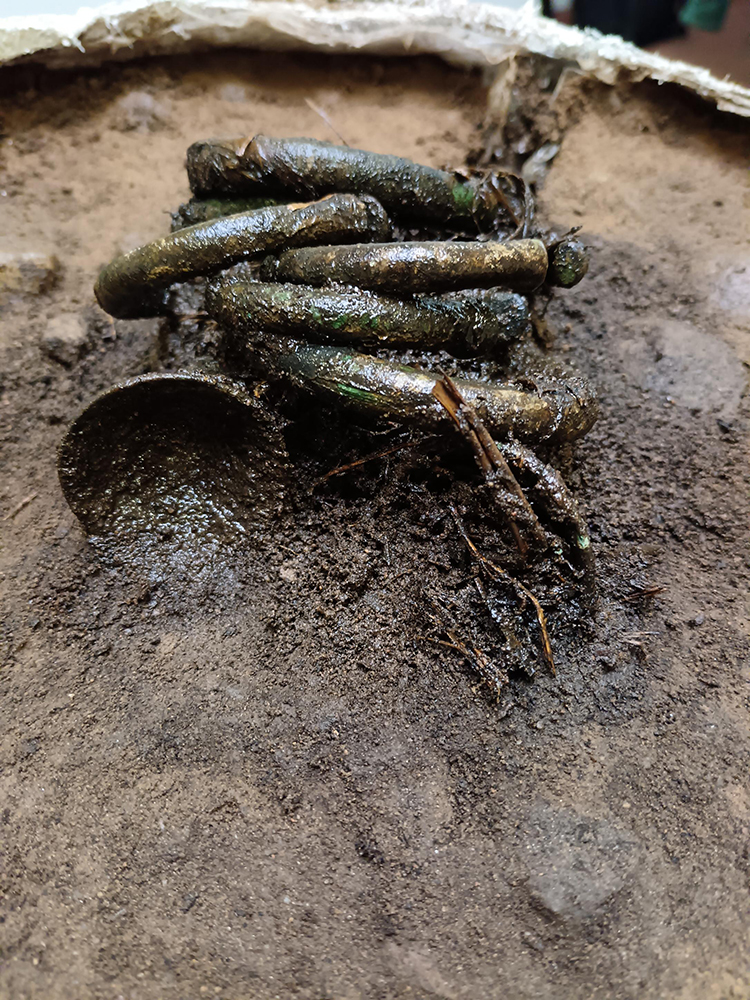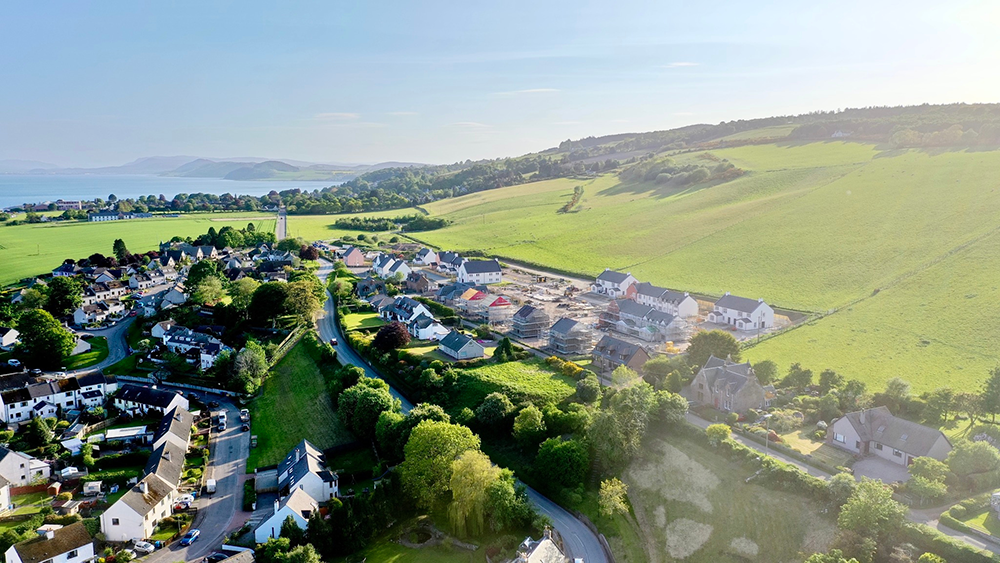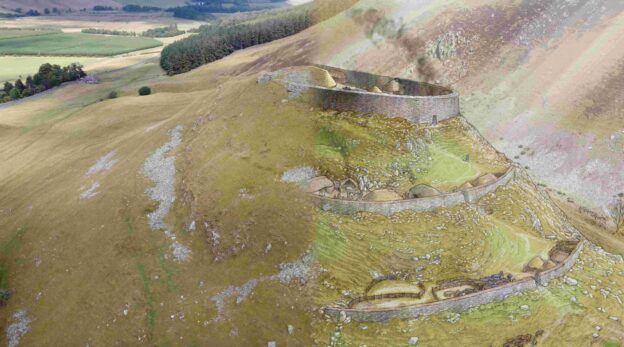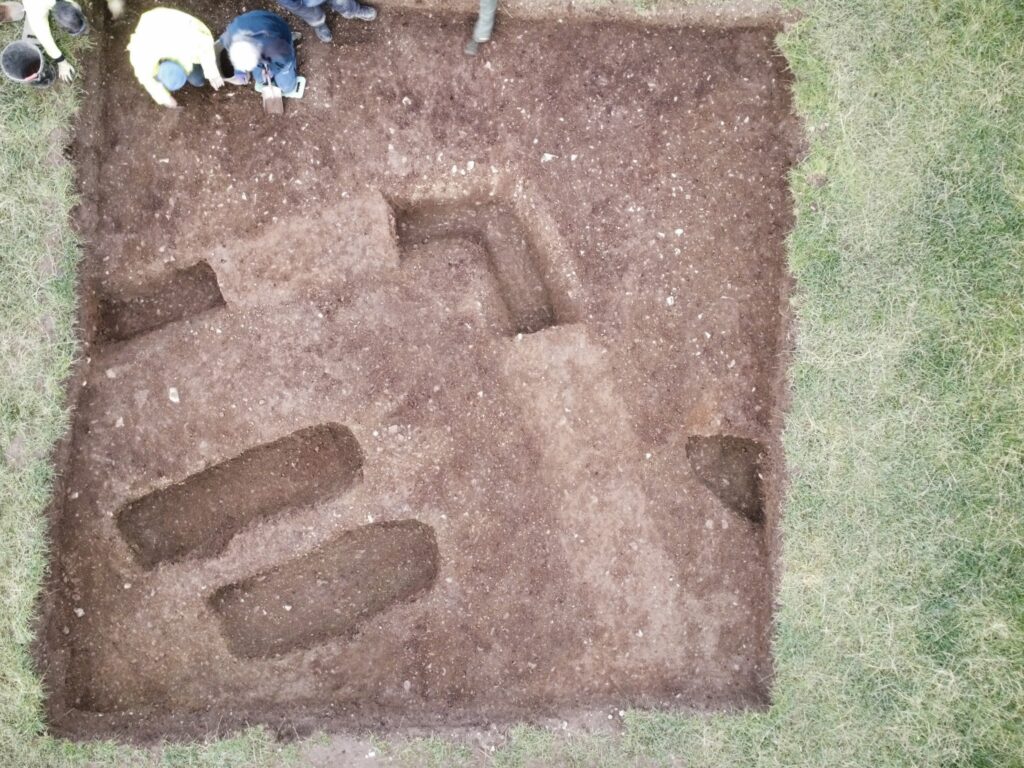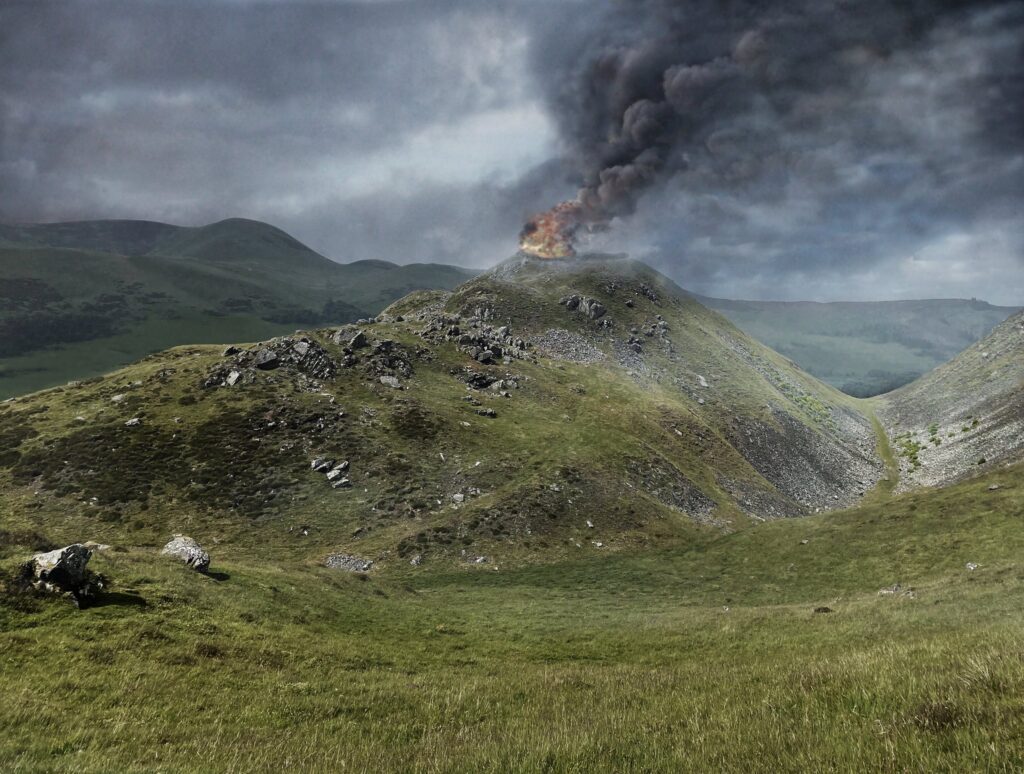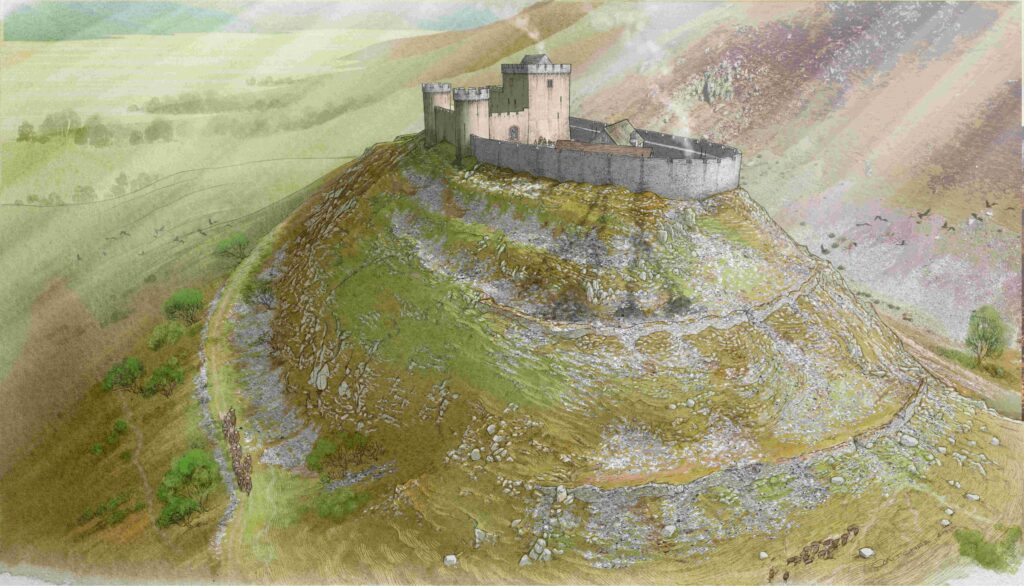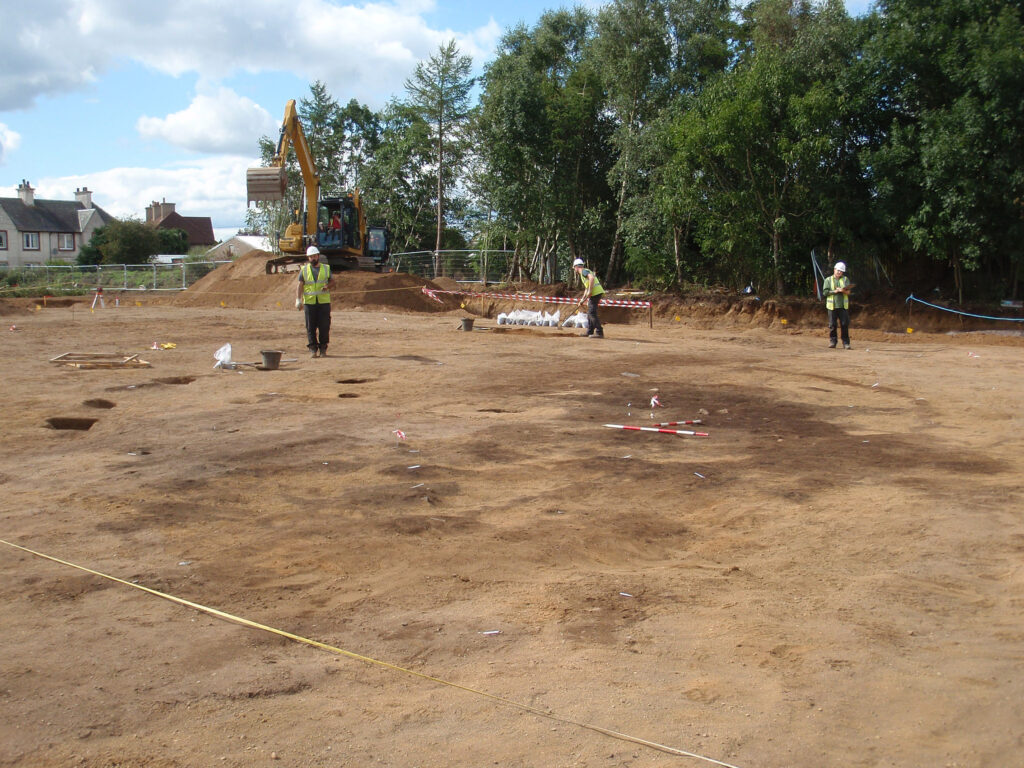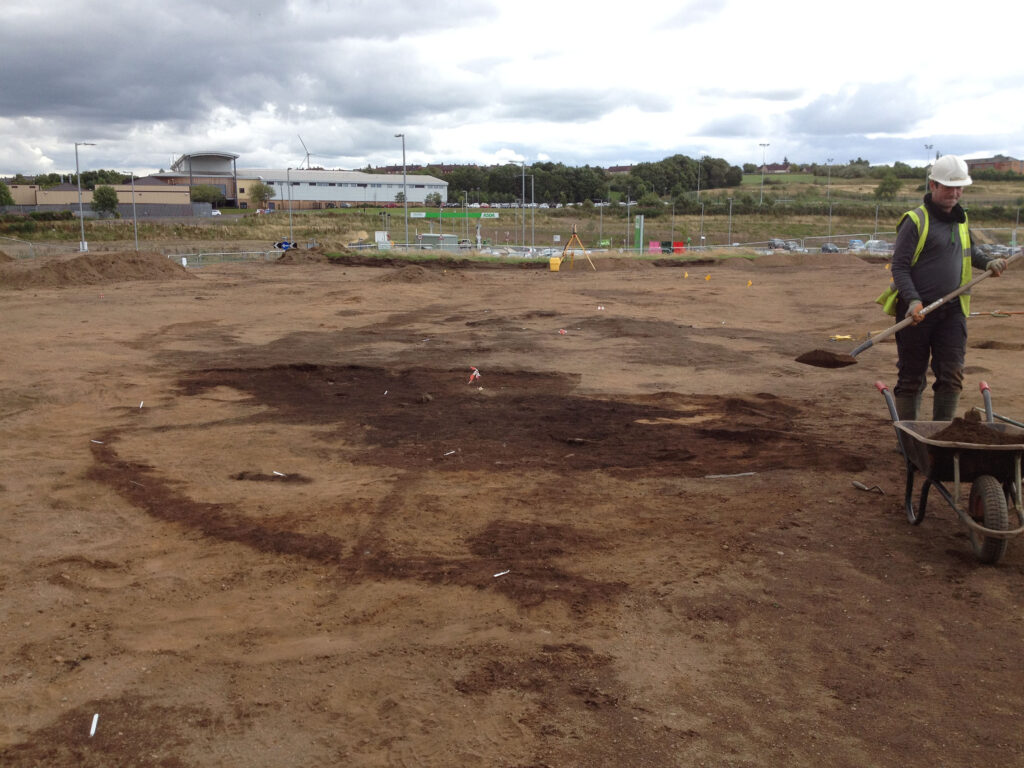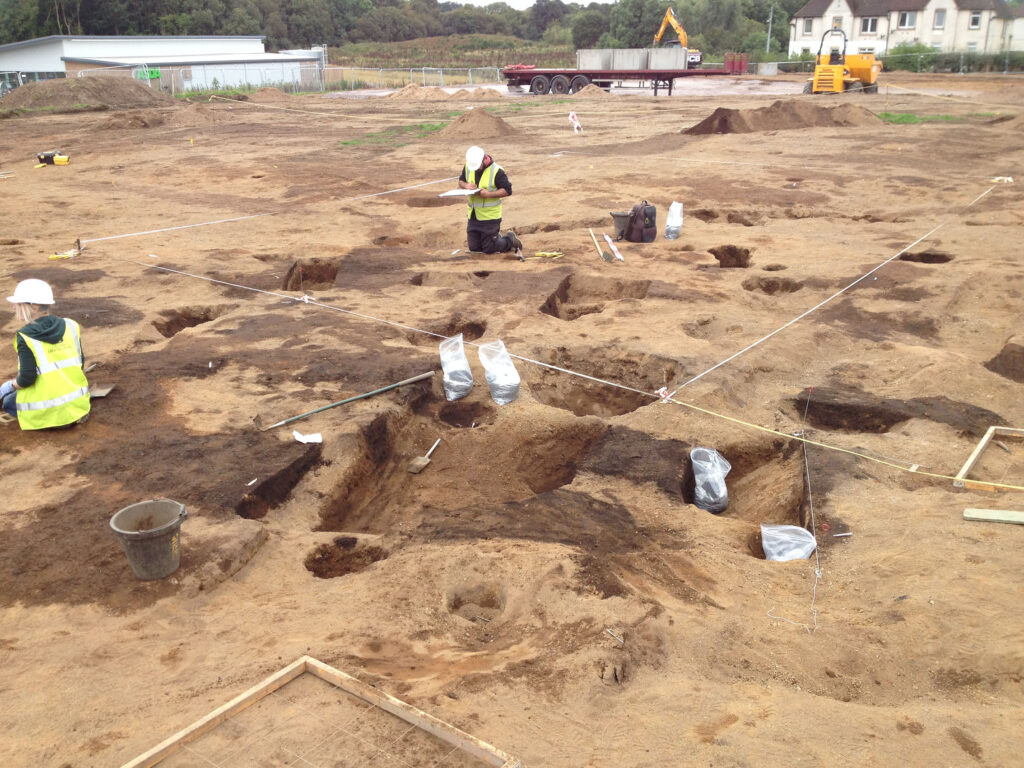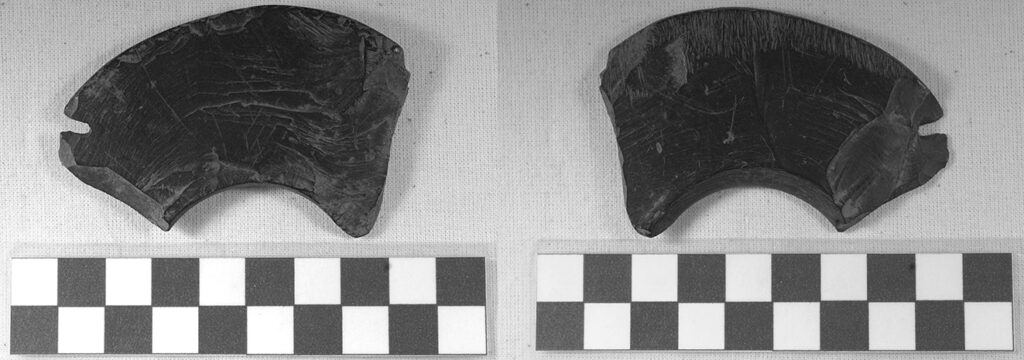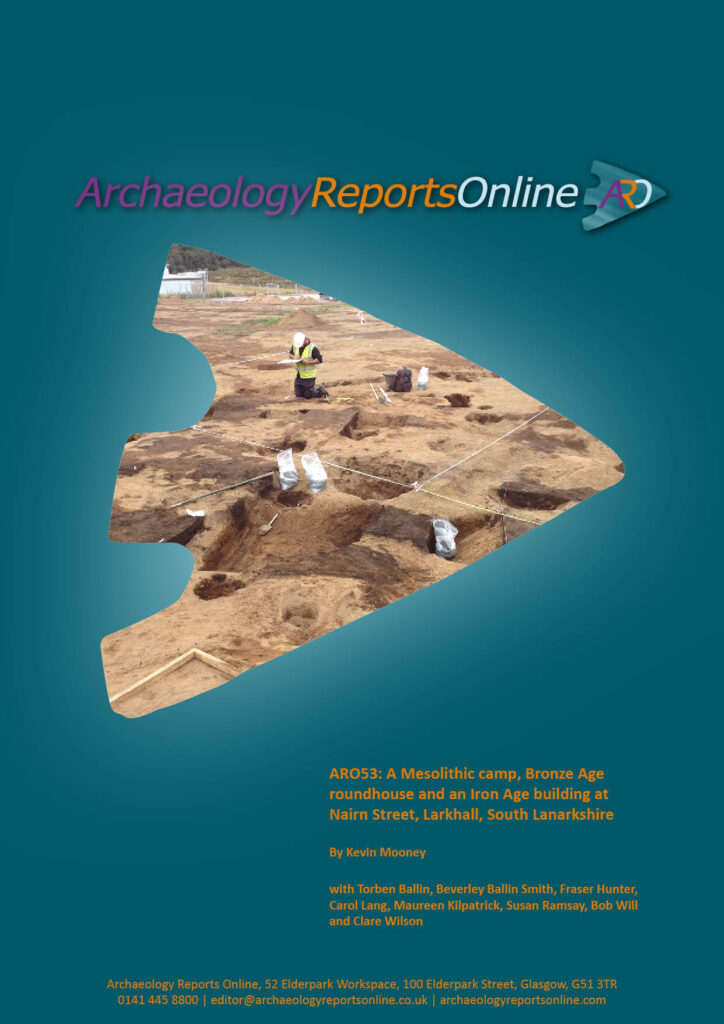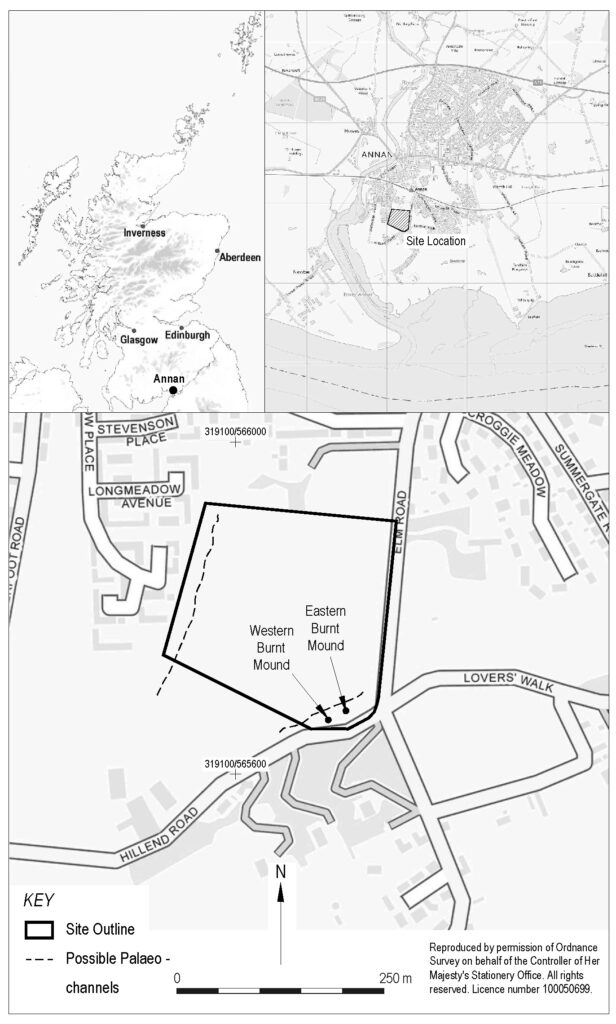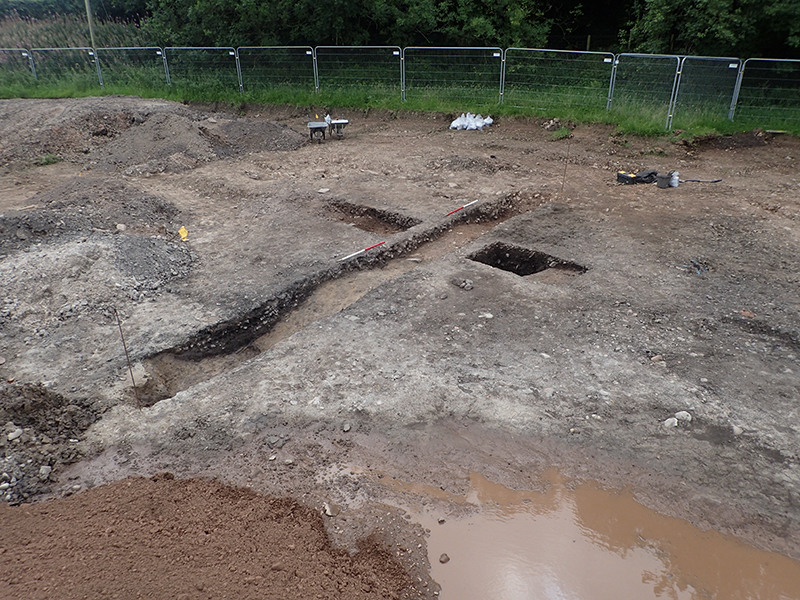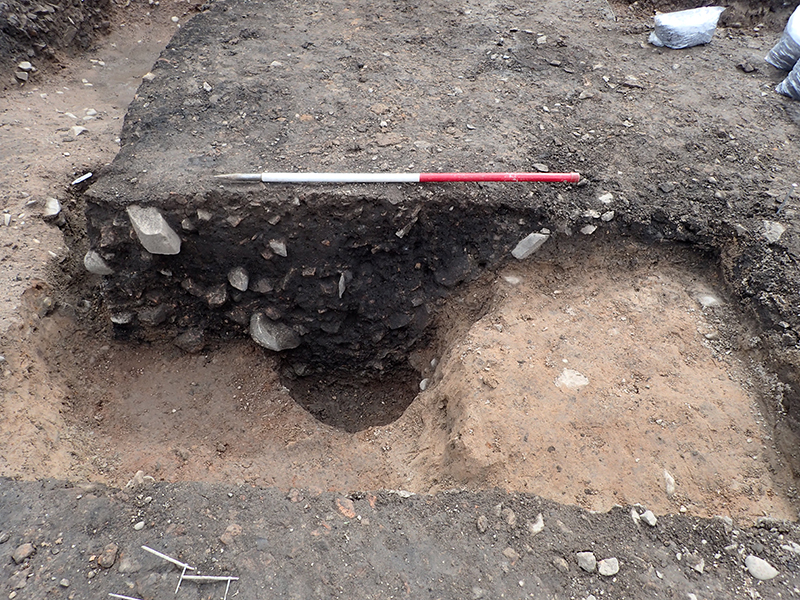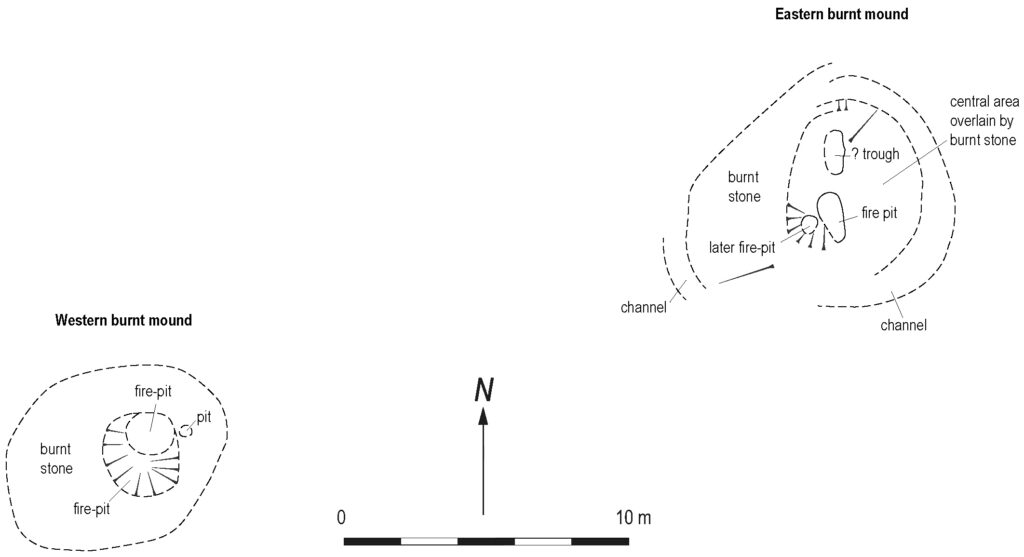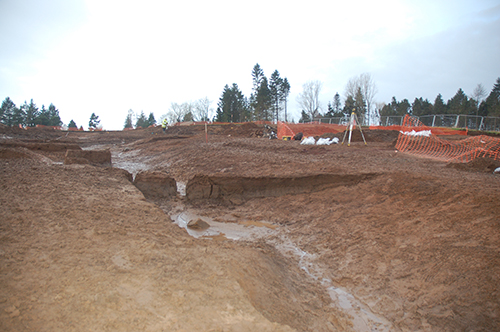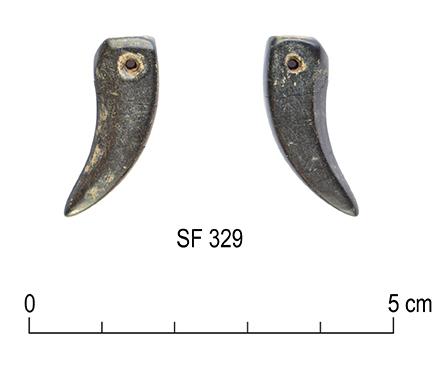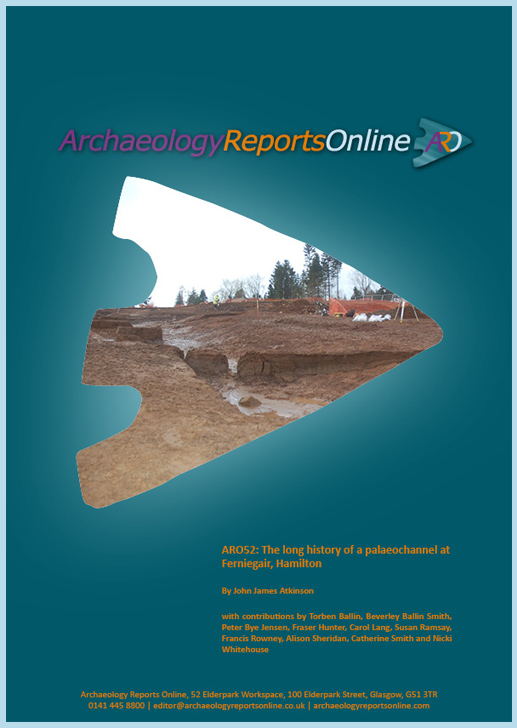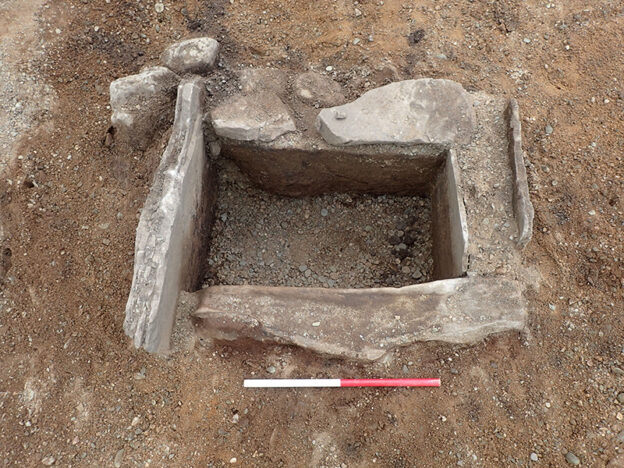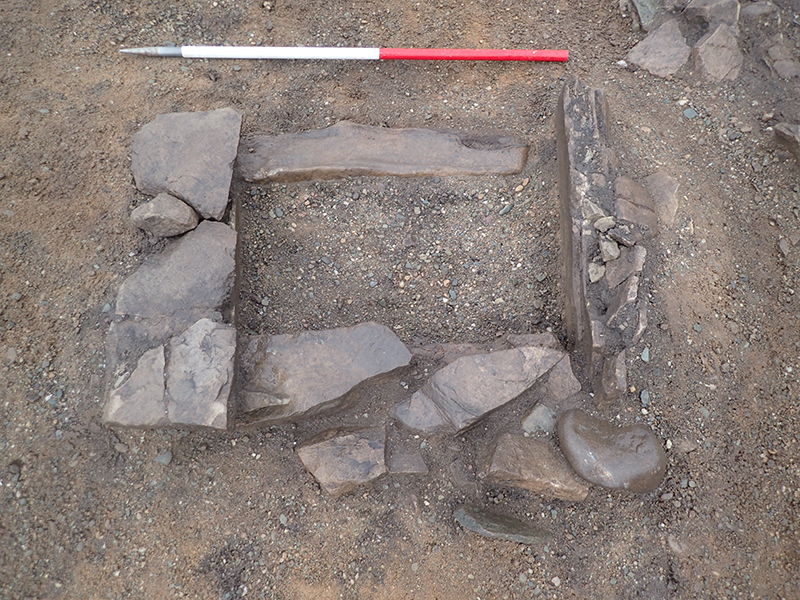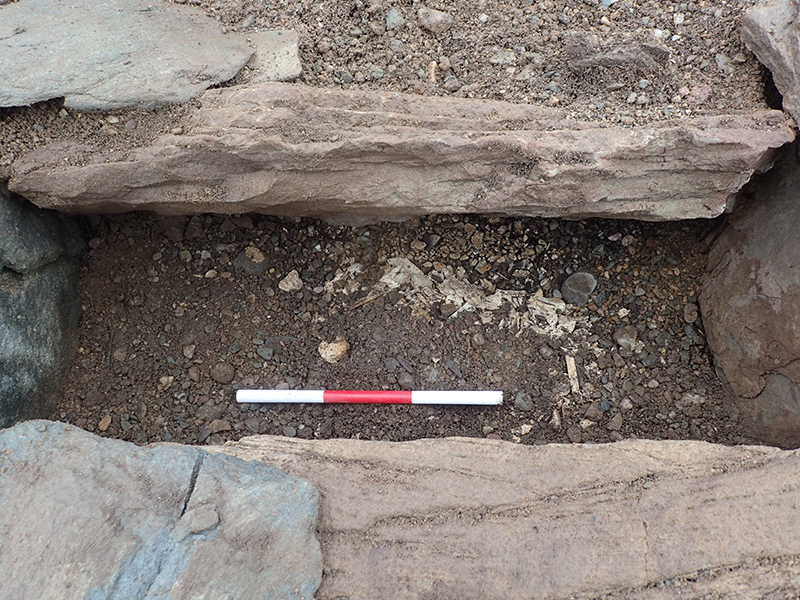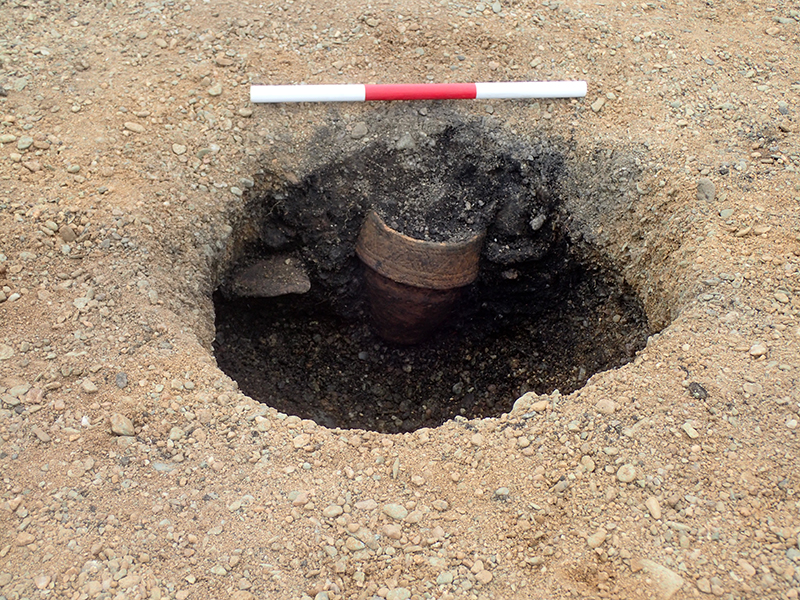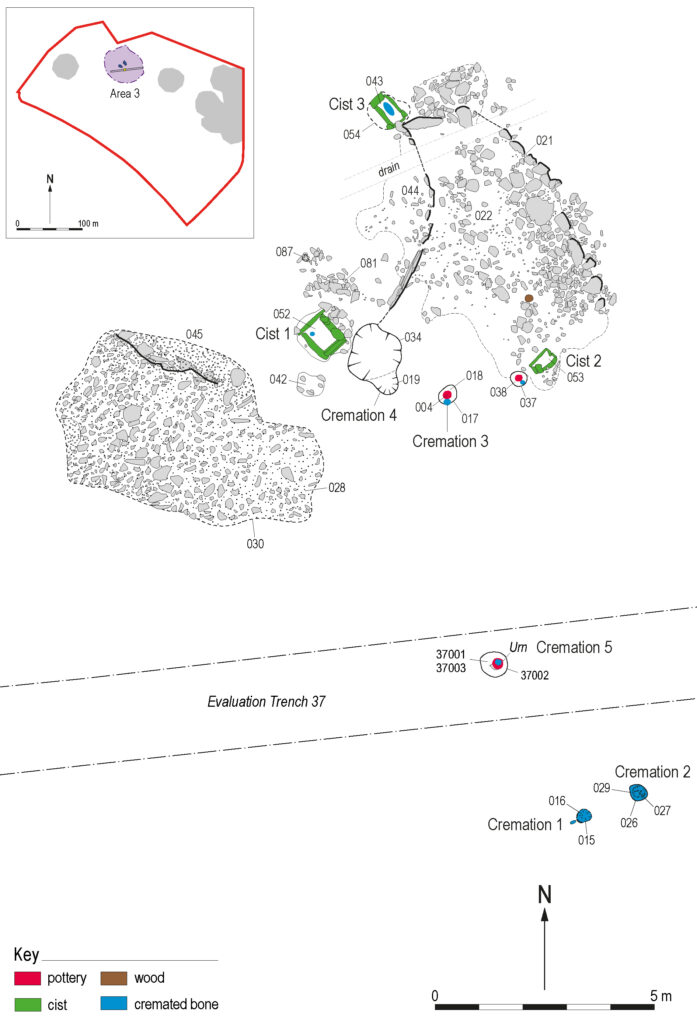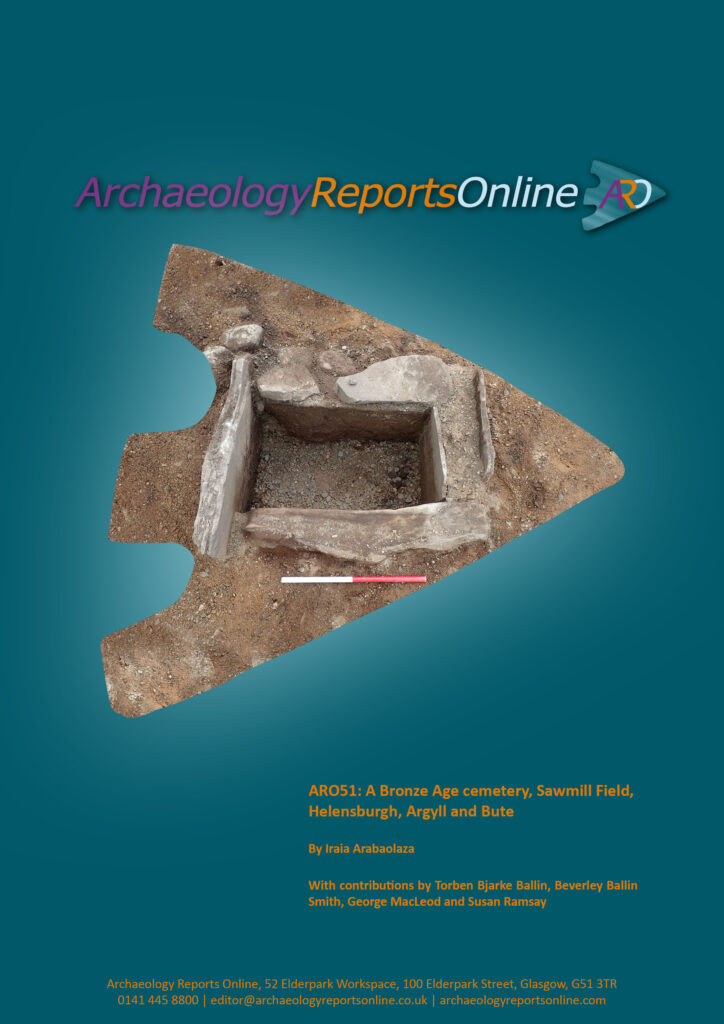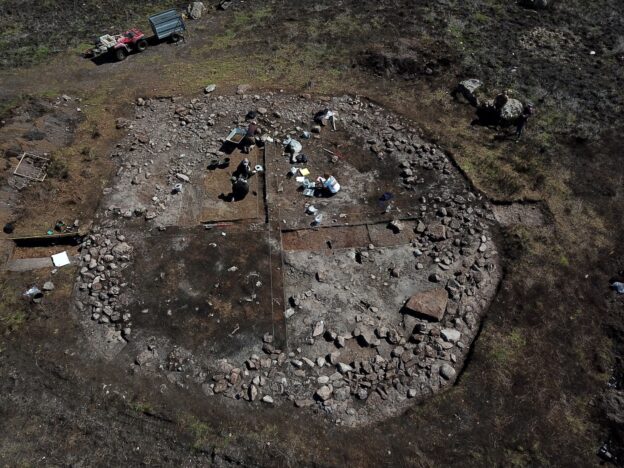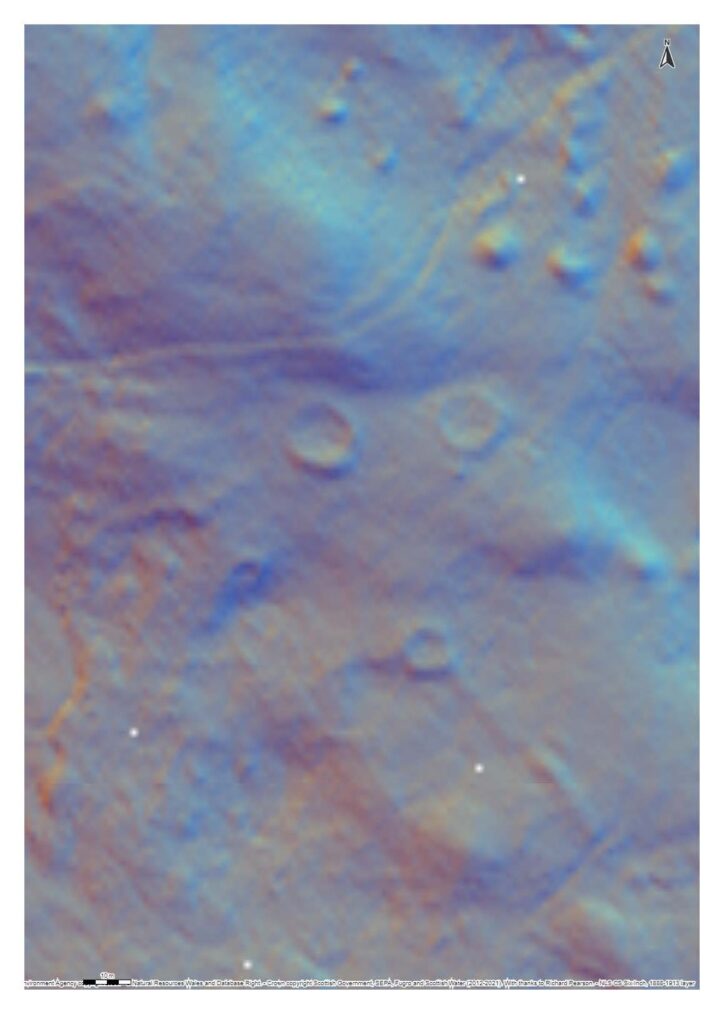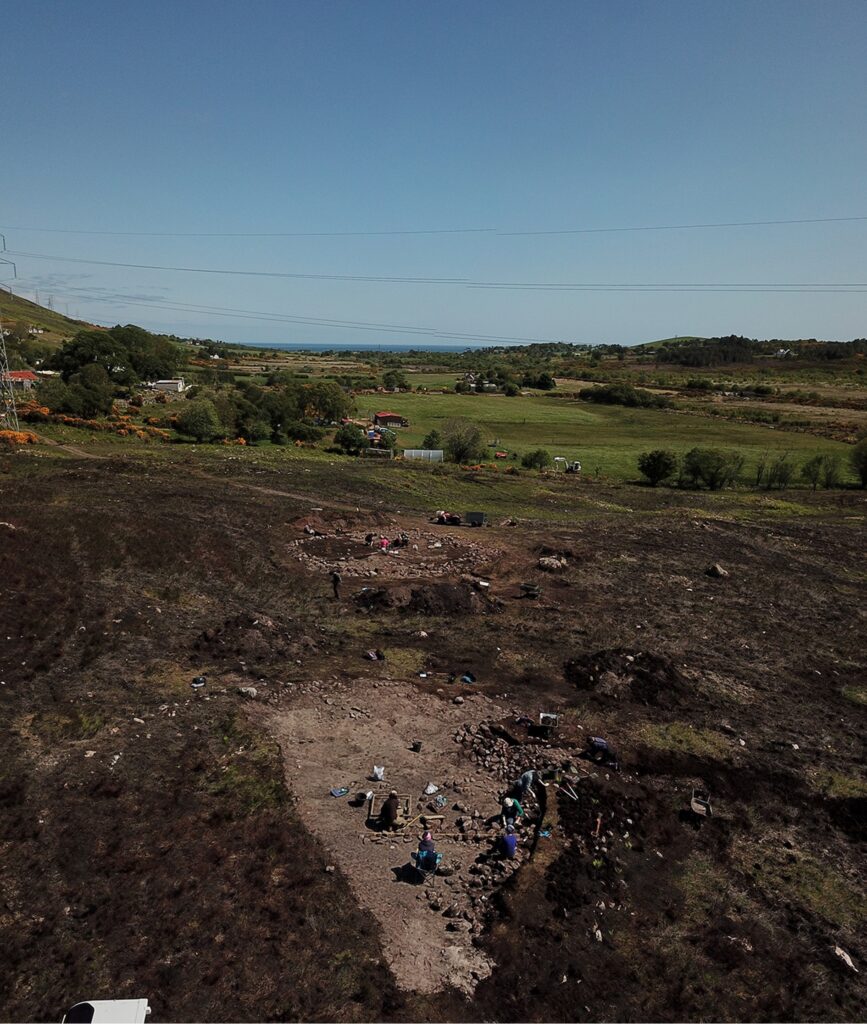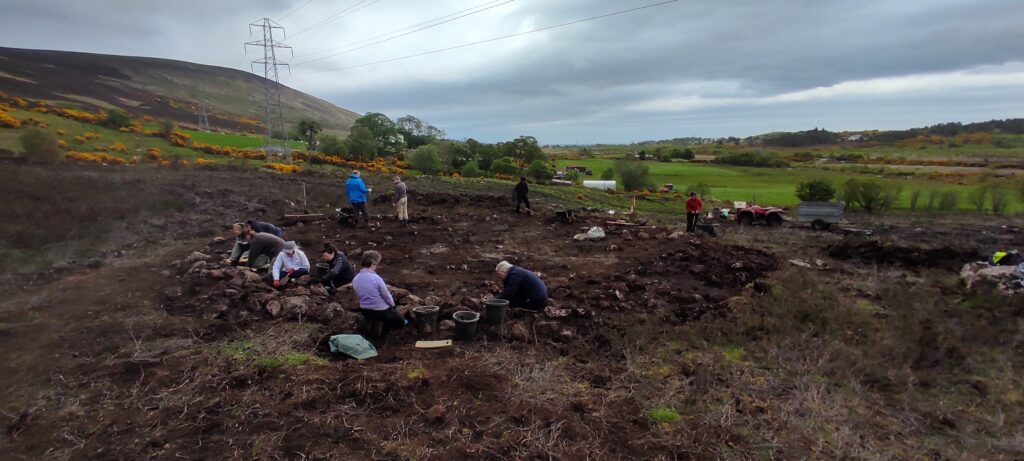A community archaeology project enabled by GUARD Archaeology has been nominated for an Archaeological Research Project of the Year Award.
Working together with the Arthur Trail Association, local volunteers and heritage groups, and specialists from a variety of universities and institutes including the National Museums of Scotland and the Universities of Aberdeen, St Andrews and Stirling, the Drumelzier’s Hidden Heritage project investigated the archaeological roots of Drumelzier’s Merlin legend.
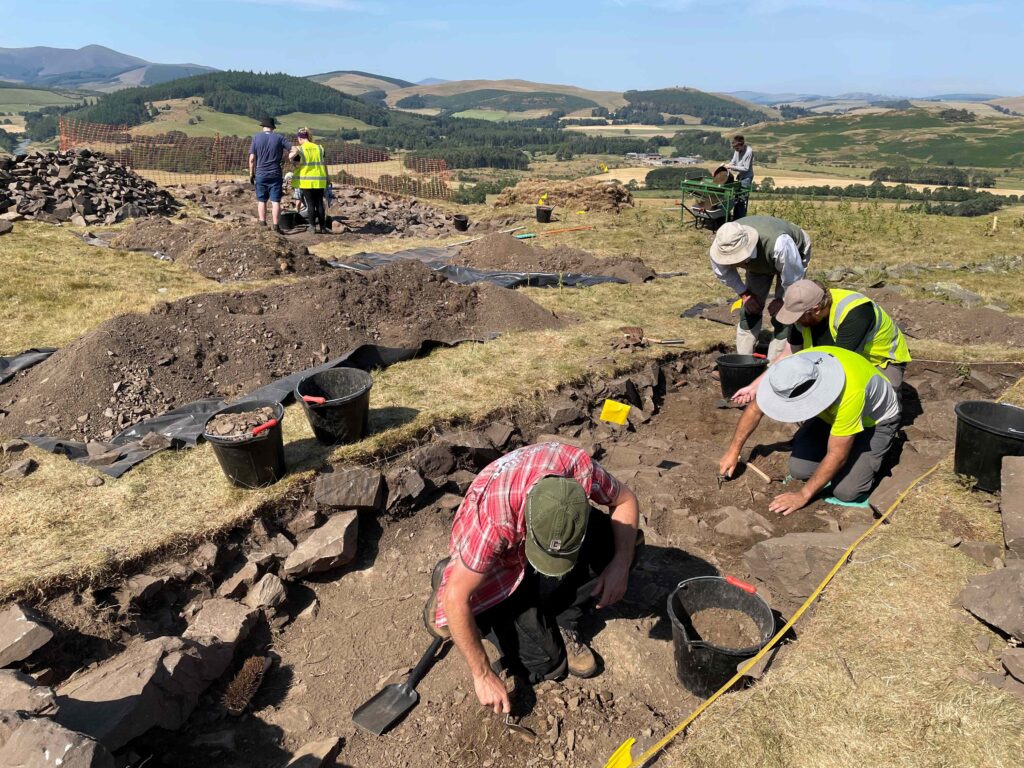
Until the fieldwork got underway in 2022, Drumelzier’s folklore was assumed to have simply originated from a wandering medieval minstrel, who had weaved random nearby landmarks into a local version of a tale that was widely known across medieval Europe.
The team of archaeologists and volunteers investigated Tinnis Castle, where according to the Drumelzier legend the protagonist was imprisoned by a Dark Age tyrant. The archaeological evidence they uncovered revealed that the hillfort underlying the castle was occupied around AD 600, precisely when the story was set and which has the hallmarks of a lordly stronghold of the time.
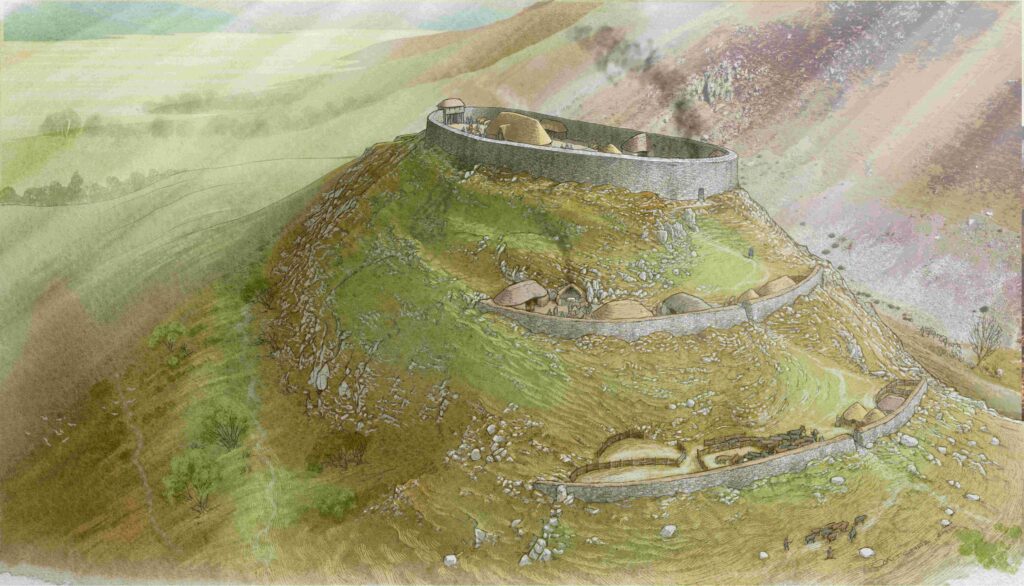
The team also undertook a geophysics survey of ground where according to the local legend the protagonist was buried on the banks of the Tweed and Powsail Burn. This survey revealed that while there is nothing at the spot marked on maps as the reputed location of Merlin’s Grave at Drumelzier, there is indeed an archaeological feature resembling a grave nearby to this.
The new archaeological evidence does not prove that the local tale was true, but it does demonstrate that the legend very likely originated in Drumelzier itself.
These awards are voted for entirely by the public – there are no panels of judges – so anyone is free to choose the projects, publications, and people they would like to win.
Voting closes on 10 February 2025, and the winners will be announced on 1 March as part of the Current Archaeology Live! 2025 Conference.
If you would like to vote, follow the link to the Research Project of the Year 2025: https://archaeology.co.uk/vote.
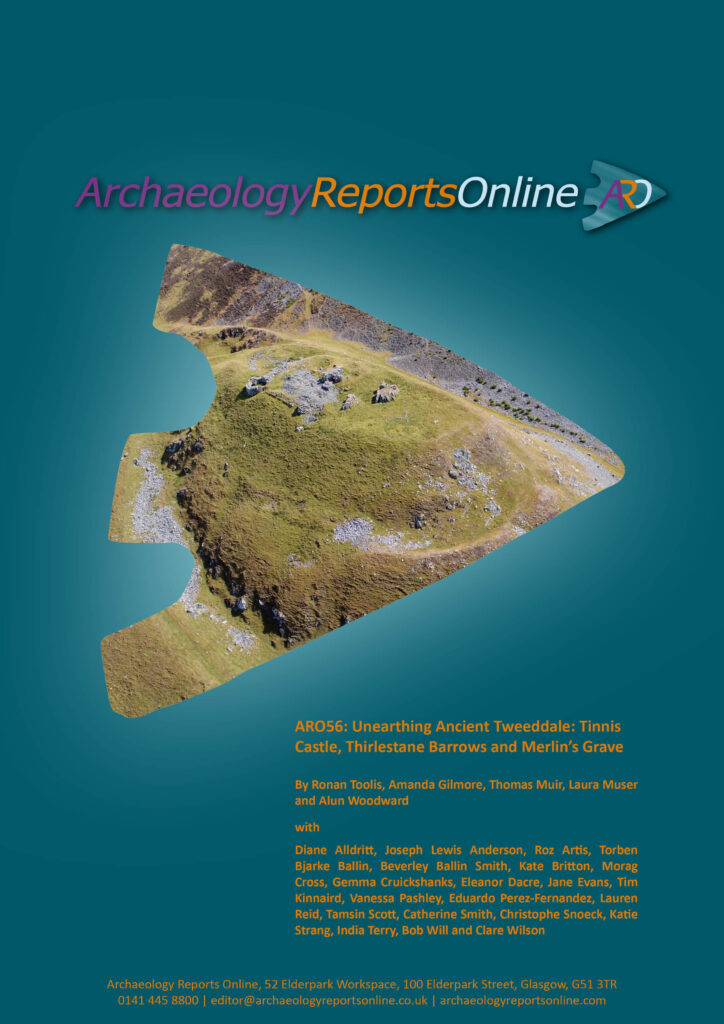
The excavation report, ARO56: Unearthing Ancient Tweeddale: Tinnis Castle, Thirlestane Barrows and Merlin’s Grave is freely available to download from www.archaeologyreportsonline.com.
The Drumelzier’s Hidden Heritage project was a collaboration between the Arthur Trail Association, local heritage groups, volunteers, specialists, Magnitude Surveys and GUARD Archaeology Ltd, funded by SSE Renewables Clyde Borders Community Fund, Fallago Environment Fund, Society of Antiquaries of Scotland Dr Euan MacKie Legacy Fund, Glenkerie Community Fund, the National Lottery Heritage Fund, the Hunter Archaeological and Historical Trust, and the Strathmartine Trust.

